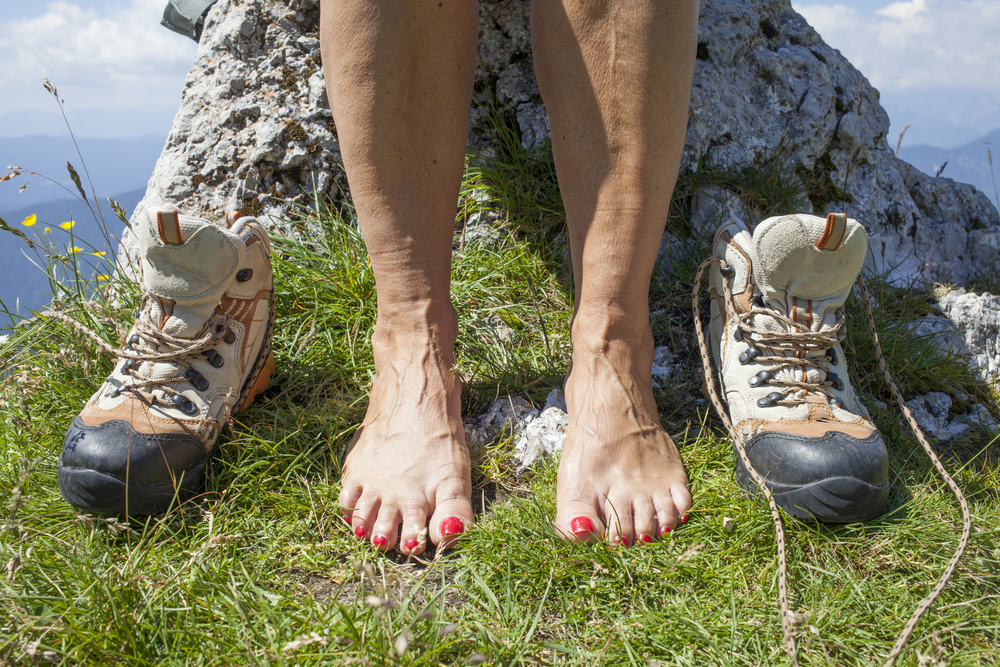Details of treating varicose veins are not often discussed publicly, as this condition is often embarrassing to deal with and causes patients much distress. If you are avoiding seeking healing for your varicose veins because you are nervous or unaware of what goes into treatment, we have the answers you have been searching for.
Coastal Plains Surgical Care’s own Dr. Schlotter of Beeville is here to answer your burning questions about venous disease and help you navigate the process of finding the health and treatment you deserve.
From Dr. Schlotter himself, here are some answers to common questions asked about venous disease:
What ages can be treated with sclerotherapy?
There is no minimum age for treating with sclerotherapy; although, I would be hesitant to recommend such treatment to children. I have treated people in their teens and early 20s, and there is no maximum age for this treatment.
What is the difference between spider veins and varicose veins?
Spider veins, also known as telangiectasias, are fine, dilated veins in the bottom layer of the skin that are usually red, blue or purple. They can show up in clusters, flares, burst patterns or can be scattered across the skin.
Varicose veins, on the other hand, are larger, greatly dilated (often looking swollen) and occur below the skin.
Why are varicose veins commonly found in the legs and nowhere else in the body?
Varicose veins occur genetically in most cases, but can often be caused by blood clots, injuries, and infection. They occur in the legs because of the pressure put on these veins that can be susceptible to dysfunction, resulting in swollen or dilated veins.
Could my pelvic pain be from varicose veins?
Though pelvic varicosities are internal and very difficult to diagnose and treat, they do occur in many cases and can cause pain, especially in women.
Does Endovenous Laser Ablation hurt?
The procedure is performed with local anesthetic, so no pain is present during the actual ablation. Patients report some aggravation due to the injections, but anesthesia numbs the pain from the surgery. You may experience soreness for 1-2 weeks after the procedure, however.
Can sclerotherapy cause clotting?
Sclerotherapy causes scarring of the targeted veins in order to promote ablation and elimination of these small veins. However, the clotting has no affect on large, deep veins and is not dangerous to the body.
Are venous reflux exams painful?
Unless the veins are tender to the touch, there is no pain during the initial exam, which includes an inspection of the legs and ultrasound evaluation of the veins themselves. A duplex ultrasound is non-invasive and merely gives information about how the blood flows to identify the causes of the varicosities.
Are there risks to leaving varicose veins untreated?
Depending on your overall health, varicose veins can be very dangerous if left untreated and can cause medical complications. Bleeding, deep vein thrombosis and ulcerations can occur from excess pressure and sluggish flow in the veins over time. It is important that you seek help and advice from your doctor to ensure the veins affected are not main sources of blood flow back to the heart and to draw out an appropriate treatment plan.
Is sclerotherapy safe during pregnancy?
Although there is no documented risk associated with performing sclerotherapy during pregnancy, it is an elective procedure and you should wait until after delivery to seek this treatment. The physiological changes that occur during pregnancy may limit your results, so it is in your best interest to wait.
Do spider veins lead to leg ulcers and skin cancer?
No, spider veins do not cause venous stasis ulcerations, though they may cause minor erosions, which can bleed (emergency treatment is usually not necessary in these cases). If you do experience bleeding, you can treat the wound by applying pressure for 30 minutes while elevating the leg.
Can I have varicose veins removed without stripping?
Visible varicosities are usually caused by abnormalities in an underlying vein, which can be treated with endovenous ablation to reduce the size of these veins. If the varicosities need further treatment at that point, you and your doctor can discuss other options. If the veins are reduced by the ablation, other treatments like sclerotherapy can be used to eliminate the vein completely. Miniphlebectomies are usually required only for larger veins.
Can I continue running and moderate workouts after sclerotherapy?
I recommend that you limit high-intensity workouts for 3 days after your injections to avoid pressure on the treated areas. Walking, routine activities and light workouts can be kept up during this time.
If you have any further questions or would like to schedule a diagnostic ultrasound with Dr. Schlotter, contact Coastal Plains Surgical Care today: (361) 354-2832.

